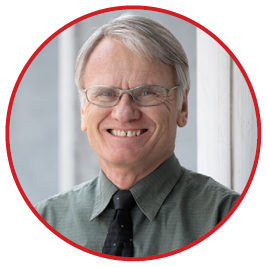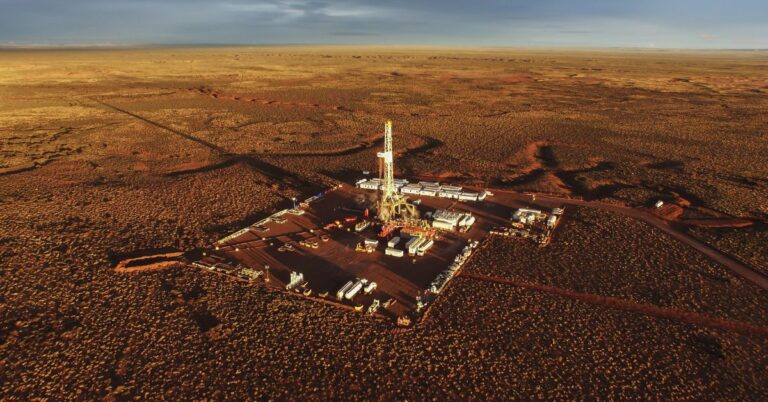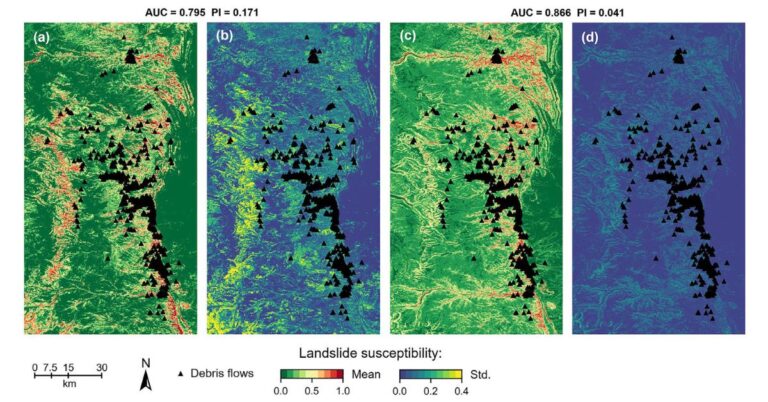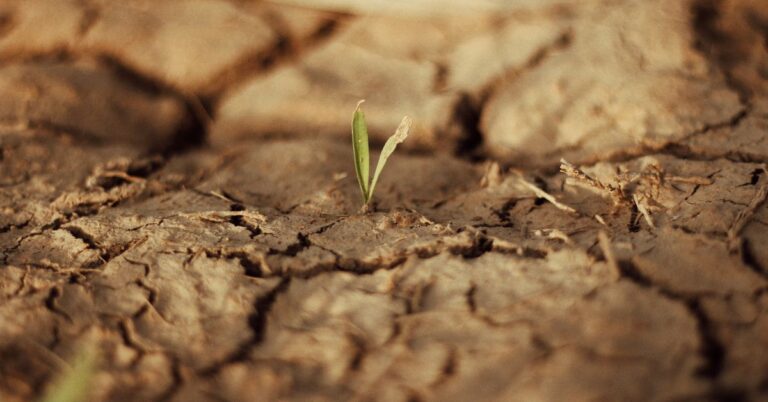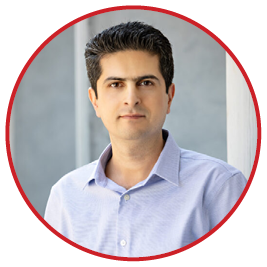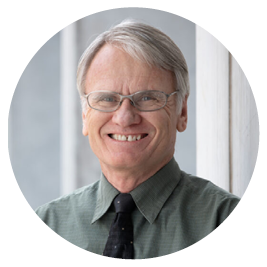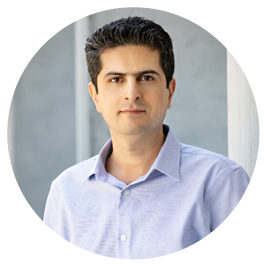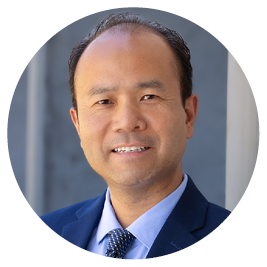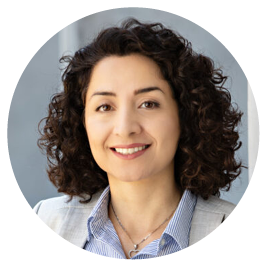Geotechnical Engineering
Engineering Stability and Safety from the Ground Up
Geotechnical Engineering applies Civil Engineering technology to earth materials, such as soil and rock, typically found on or near the surface. Geotechnical Engineers design and analyze a wide range of infrastructure and natural geologic formations, addressing challenges related to foundations, slopes, retaining walls, tunnels, dams, embankments, earthquakes, ground contamination, and more.
Research Areas
Soil & Rock
Mechanics
Earthquake Engineering
Geological & GeoEnvironmental Engineering
Foundation engineering
A Global Impact in Seismic Design and Accelerated Construction Technologies
From San Francisco to Shanghai, Dr. Steven Bartlett’s research on rapid construction technologies has been pivotal in the design and execution of several high-profile infrastructure projects, including the Lucas Museum of Narrative Arts in Los Angeles, Disney Shanghai, and the Mission Rock Project at the Port of San Francisco.
Having established himself as a global leader in geotechnical engineering, Dr. Bartlett has 35 years of experience in applied soil dynamics, liquefaction hazard mapping, seismic risk evaluations, and accelerated construction technologies.
World Oil Magazine Spotlights University of Utah Research on Hydraulic Fracturing
This research, sponsored by the U.S. Department of Energy, focuses on leveraging advanced geomechanical insights to develop sustainable and economically viable stimulation strategies.
Department of Energy Grant Secured to Advance Research on Enhanced Geothermal Systems
Dr. Shahrzad Roshankhah and collaborators were recently awarded a $4 million research grant from the U.S. Department of Energy (DOE) to develop geothermal reservoir efficiency and better monitoring of reservoir conditions.
Mapping Landslide Susceptibility using Physics-Guided Machine Learning
Traditional methods for predicting landslides often fall short due to the complexity of terrain and the inadequacies of landslide data. To tackle these challenges, researchers are utilizing the Physics-Guided Machine Learning (PGML) framework. Recently published in Acta Geotechnica, Dr. Tong Qiu, is innovating the field with PGML.
Research in Reducing Construction's Carbon Footprint Receives National Science Foundation (NSF) Grant
The NSF awarded Drs. Tong Qiu and Shihui Shen approximately $450,000 to transform the critical process of soil compaction—a cornerstone of civil infrastructure.
Ground Improvement Techniques and Geotechnical Design
Dr. Mohammadi's research interests include the interface of computational geomechanics and dynamics, engineering seismology, and geo-data analytics. He applies his research in hazard assessment and mitigation, analysis and design of major infrastructure, non-invasive subsurface characterization, and large-scale monitoring of geo-structures.
Our Impact
Our environmental research has a far-reaching impact, from influencing policy decisions to driving innovation in industry. We collaborate with governmental agencies, non-profits, and private sector partners to ensure that our research findings translate into real-world applications. By bridging the gap between academia and practice, we are making a tangible difference in the world.
Dr. Bartlett’s research experience includes applied soil dynamics, liquefaction hazard mapping, seismic risk evaluations, and accelerated construction technologies (geofoam and lightweight cellular concrete). He has 35 years of research and design experience working for the U. of Utah, the Department of Energy, the Utah Department of Transportation, and other consulting firms. He is currently one of the coauthors for the rewriting of NAV FAC 7.3, a design manual used by the Department of Defense for Geotechnical Earthquake Design. Also, he and his coauthor, Dr. T. L. Youd, have written seminal papers on estimating damage from liquefaction-induced lateral spread, producing over 1,200 citations and worldwide adoption of this methodology. His research on rapid construction technologies has been applied to designing and constructing several notable infrastructure projects (e.g., Lucas Museum of Narrative Arts (Los Angeles), Disney Shanghai, and the Mission Rock Project in the Port of San Franciso
Dr. Kami Mohammadi's research interests include the interface of computational geomechanics and dynamics, engineering seismology, and geo-data analytics. He applies his research in hazard assessment and mitigation, analysis and design of major infrastructure, non-invasive subsurface characterization, and large-scale monitoring of geo-structures. Kami teaches courses in mechanics and dynamics of geo-materials, computational geomechanics, and wave propagation in heterogeneous media.
Dr. Tong Qiu is a Professor and Chair of the Department of Civil and Environmental Engineering at the University of Utah. His research interests include soil dynamics, fluid flow through porous media, landslides, granular flow, numerical modeling of geosystems, and the application of artificial intelligence (AI) to various geotechnical engineering problems. His research has been supported by diverse sources, including federal agencies (e.g., NSF, FHWA, DOS, FRA, and SERDP), state agencies (e.g., PennDOT, State Police, and Ben Franklin Foundation), industries (e.g., Google, Tensar International Corporation, Alpine Equipment LLC, and Mission Critical Solutions), and DOT University Transportation Center. He is an elected ASCE Fellow.
Dr. Shahrzad Roshankhah's research interests include the evolution in the physical properties of natural and engineered porous materials upon heat and mass exchange, particularly, under extreme conditions (e.g., high stress, high fluid pressure, and high temperature). Shahrzad studies the involved multi-physics and multi-scale phenomena through laboratory experimental and numerical modeling, where she utilizes state-of-the-art laboratory monitoring and numerical simulation techniques. Her objective is to design sustainable geo-energy and geo-environmental infrastructure, such as enhanced geothermal energy, unconventional fossil energy, and thermal energy geo-storage systems.

